By Eric Niderost
It can indeed be rather difficult to understand the differences between Anglo-Saxon thegns and the Norse Viking warriors. Even today, information is scanty, and must of necessity be gleaned from literary sources and a few rare archaeological finds.
Weapons of Choice
The basic Anglo-Saxon weapon was the spear. Its effectiveness was underscored by the fact that everyone from great lord to humble thegn used it. There were several types of spear, but the two major categories were the light javelin and more sturdy thrusting spear. Javelins were launched early in a battle, “gadfly” shafts that were best thrown en masse.
The Regia Anglorum, a modern living history group based in England, did a few experiments that produced interesting results. Javelins were light and slow, and targeted soldiers could easily avoid them. This was harder to do, however, if a soldier were shoulder to shoulder in a shield wall, and if not one but scores of javelins were raining down simultaneously. Few Viking warriors and Anglo-Saxons who were lower down on the social scale had helmets and virtually none had armor, which made them particularly vulnerable to a javelin “barrage.”
Once an enemy was “softened up” by the javelins, it was time to close with thrusting spears, generally held overhand. The thrusting spear varied greatly in size, but generally was about seven feet in length, tipped by a broad leaf- or lozenge-shaped head.
Anglo-Saxon Swords Were Rare
By contrast, only high-ranking Anglo-Saxon warriors used the sword. Blades were about 30 inches long and three inches wide, designed for slashing, not stabbing. Much more universal was the scramaseaxe, a long knife that was used by peasant and king alike for everyday tasks. These greatly varied in size, ranging from about 6 to 10 inches in length.
The average “rank and file” thegn might be able to afford a basic helmet, but high-ranking Saxon warriors wore mail shirts. These were expensive, in large part because of the meticulous craftsmanship involved in their manufacture. A “typical” thegn wore a woolen tunic and breeches. His legs were covered in a kind of puttee or gaiter arrangement that looked much like bandages or a “cross thatch.”
Mail Armor and Brass Helmets
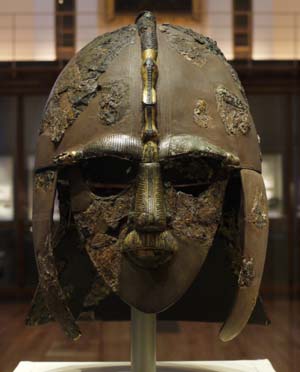 As previously discussed, higher warriors would wear mail shirts, rows of interlocking metal rings that in this period fell to the hips. Those who were lucky enough wore iron helmets, conical headgear that featured a projection in the front called a nasal. Shields were generally round and made of linden wood. Linden was ideal because it was relatively light, yet resisted splitting. They were painted in various colorful designs, and in the center was a metal boss.
As previously discussed, higher warriors would wear mail shirts, rows of interlocking metal rings that in this period fell to the hips. Those who were lucky enough wore iron helmets, conical headgear that featured a projection in the front called a nasal. Shields were generally round and made of linden wood. Linden was ideal because it was relatively light, yet resisted splitting. They were painted in various colorful designs, and in the center was a metal boss.
Anglo-Saxon helmets are rare finds, but one discovered at York suggests they could be both functional and works of art. The York artifact, called the “Coppergate helmet” after the archaeological site where it was found, is edged in brass. The brass nose guard features an interlocking animal design of a style that suggests the period of about 750 ad. The helmet shows signs that it was already old when discarded, leading some to speculate it was lost when the Vikings took York in 866 AD.
A Staple for Viking Warriors: the Broadaxe
The principal Viking warrior weapon was the sword. Sword hilts were often decorated with elaborately designed copper, silver, or gold inlay. The broadaxe was used so frequently it almost was a symbol of Viking terror. When wielded in the hands of an expert, the broadaxe deserved its fearsome reputation; it was able to cut off a horse’s head in one stroke.
In general, the Vikings dressed much like their Anglo-Saxon opponents. A woolen tunic, breeches, and perhaps a cloak for colder weather were all standard costume. Vikings were hardy seafarers as well as warriors, who didn’t need much in the way of personal baggage.
Horned Helmets: Flights of Victorian-Era Fancy
Helmets do not seem to have been as universally worn as was previously supposed. Popular culture associates Vikings with horned helmets, but these seem to be largely flights of Victorian fantasy. A horned helmet would not be the best thing to wear within the closely packed confines of a shield wall, and would probably make you more dangerous to your comrades than to the enemy! Similarly, the winged helmets of Wagnerian opera have no basis in fact.
The Anglo-Saxons seemed to have scorned the use of the bow in battle, though they used it extensively in hunting. By contrast, Viking warriors seemed to have loved the bow, though it’s not clear to what extent it was used in battle. The invading Vikings certainly had plenty of bowmen, as evidenced by King Edmund of East Anglia’s unfortunate “martyrdom.” (Learn about the warriors throughout history who shaped the course of civilization inside the pages of Military Heritage magazine.)
Originally Published August 25, 2014
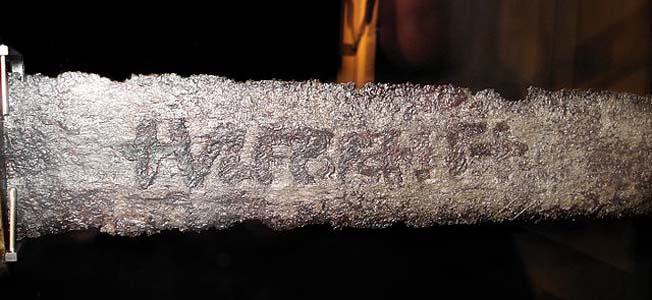
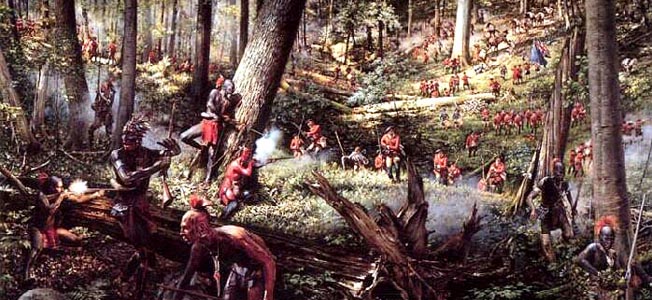
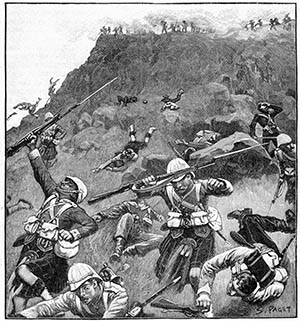
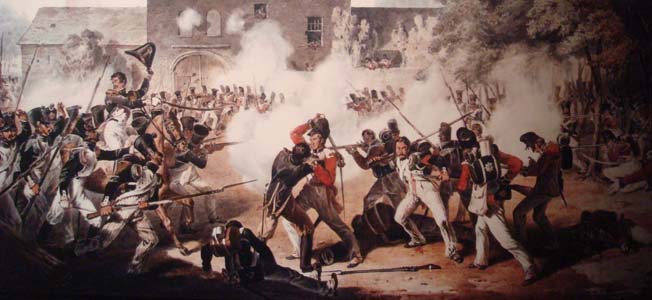
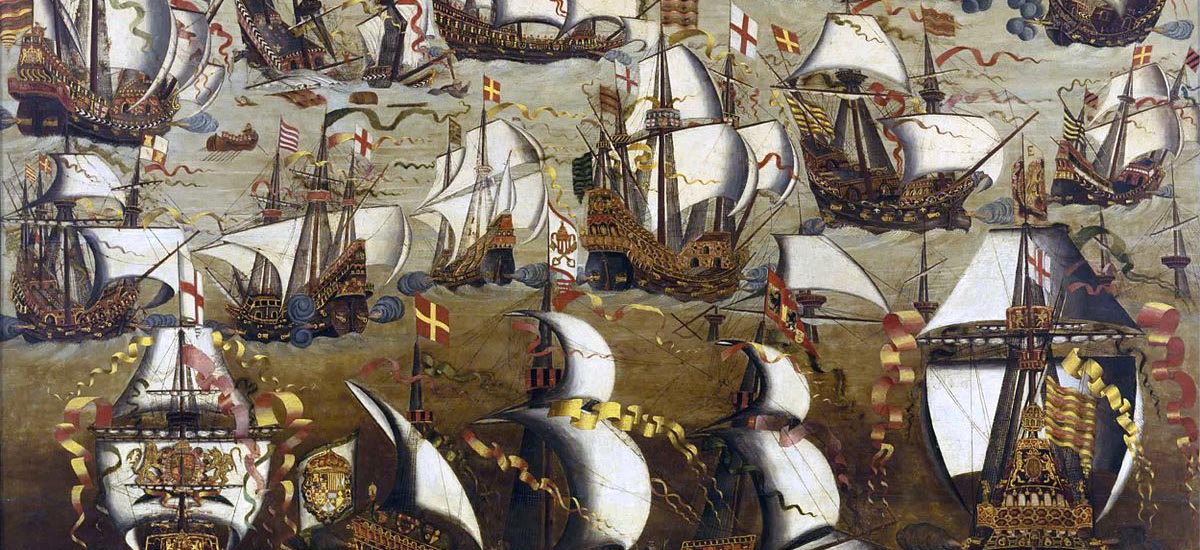
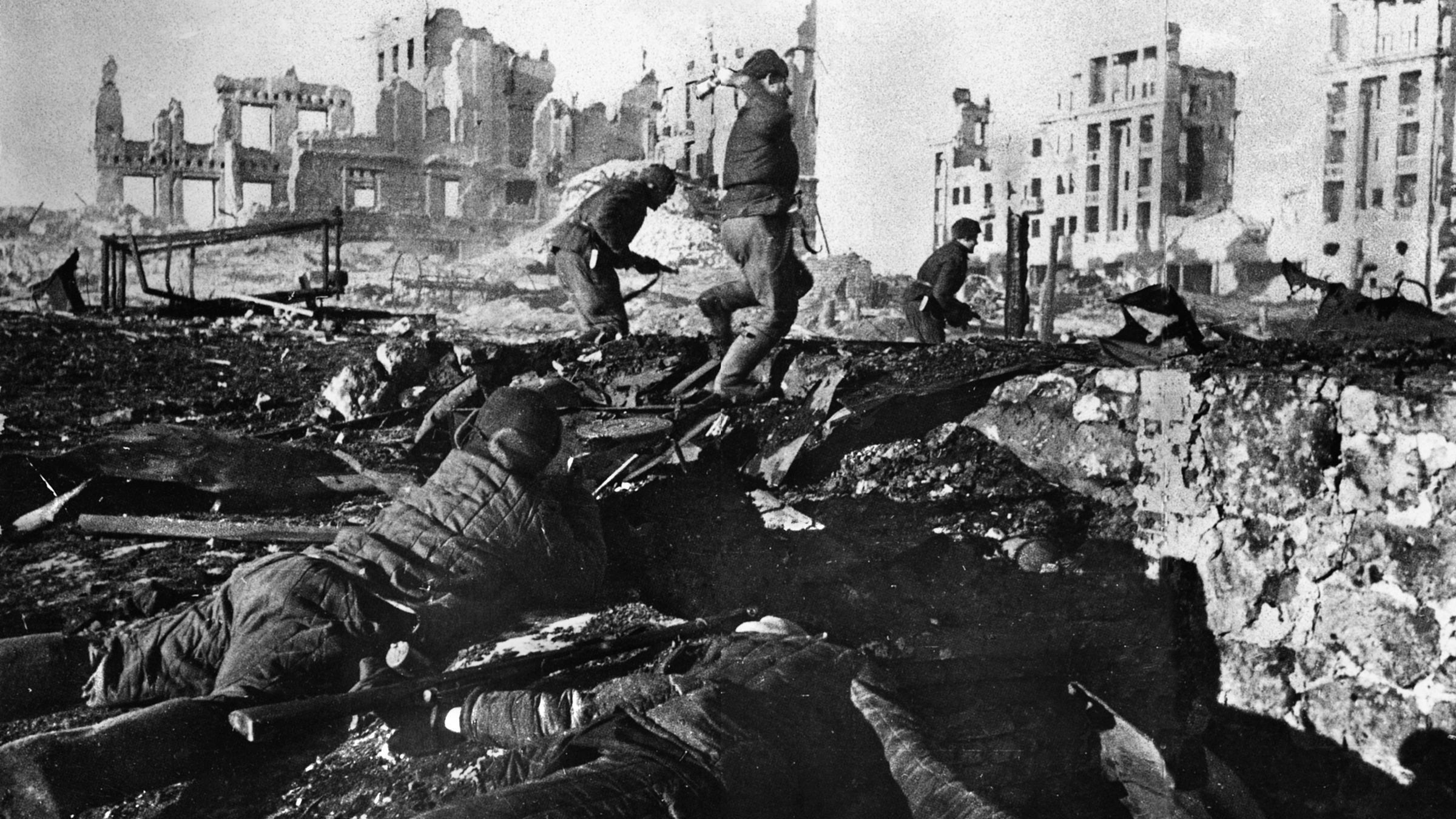
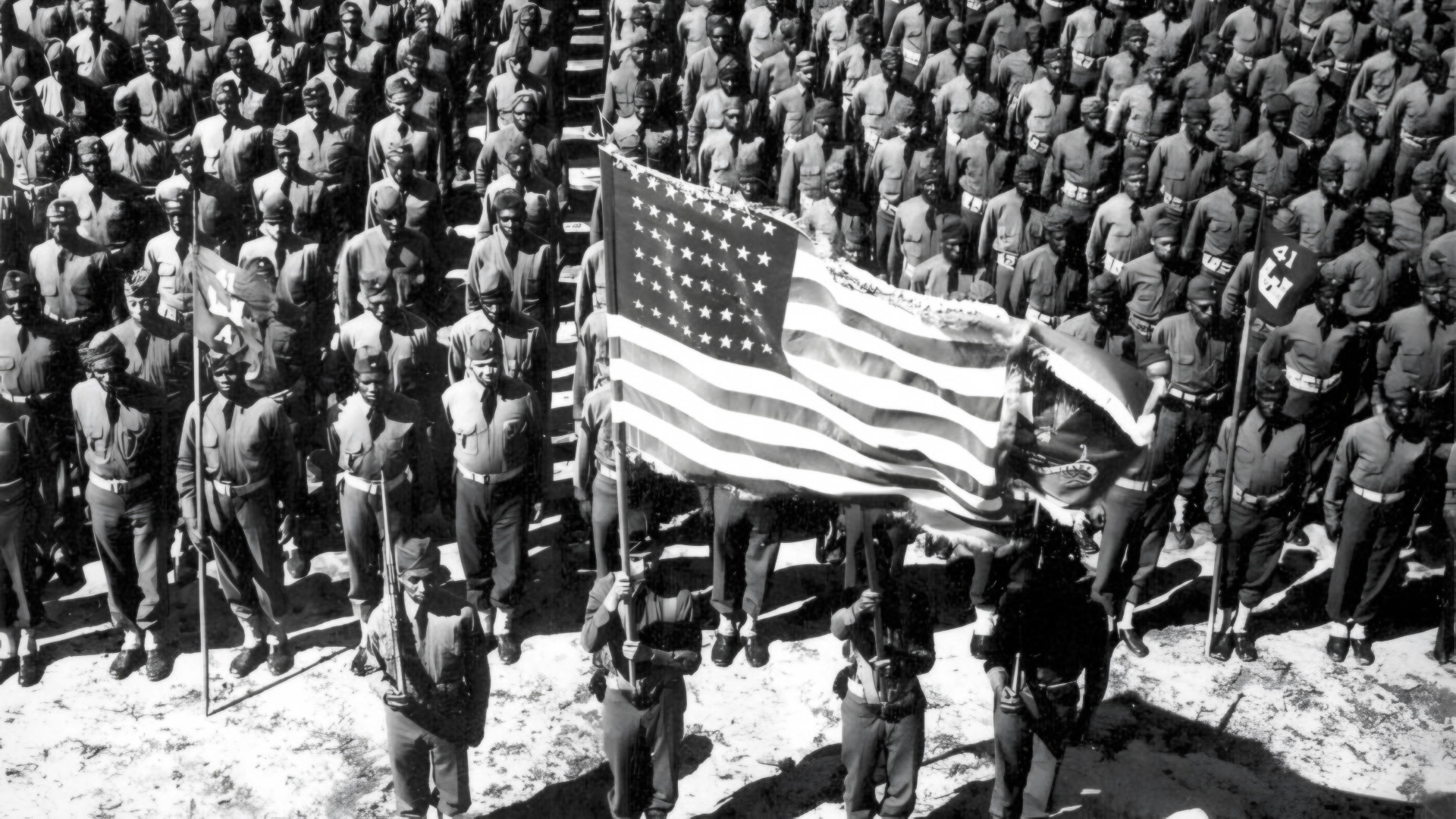

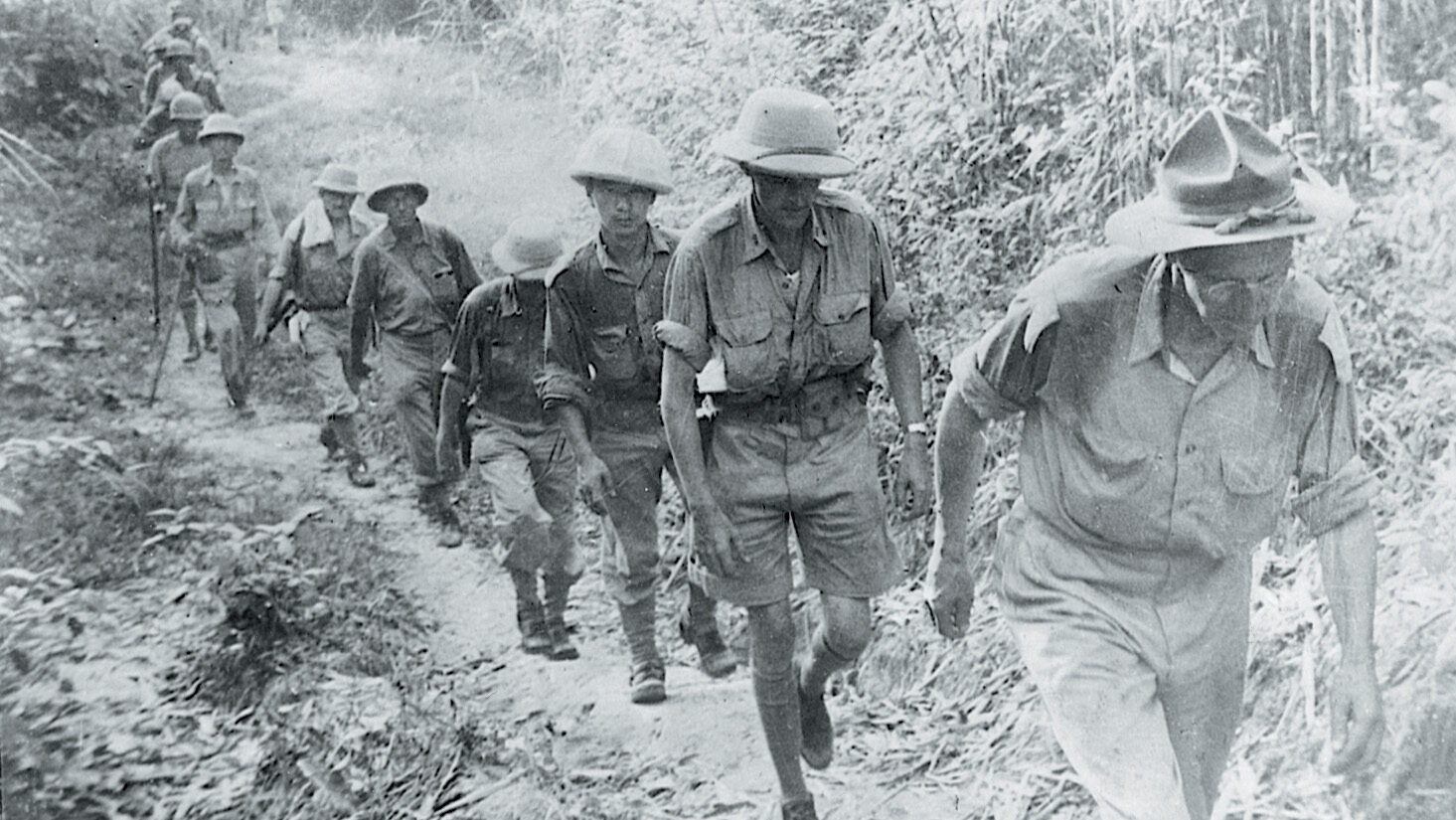
Not mentioned is the belief posited by archaeologists that both vikings and Anglo-Saxons likely wore padded clothing of some sort under their helmets or mail shirts, even though none has survived.